Interview by SARA SCIALPI — Photos by ANTOINE HARINTHE
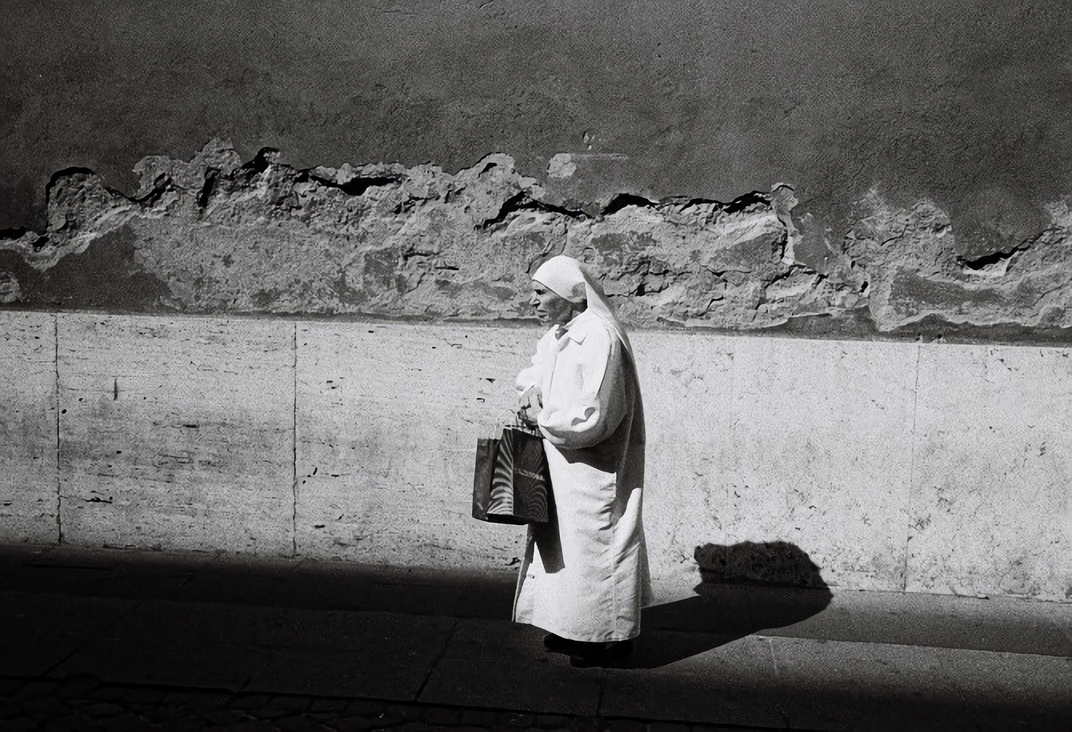
If I had to recommend the next few paragraphs to someone in particular, I’d pick the disillusioned ones who sneer at the the thought of the photographer-child, the creature wandering around with eyes wide open, looking at their surroundings as if it were the first time, analysing every bit of movement – or lack thereof – with naive awe, ready to catch those sparks of surprise that most of the times remain unnoticed. Antoine Harinthe’s photography is born in the streets, and from the streets it blooms, enthusiastic and genuine, even when approaching fashion. The trick, he says, is to keep things subtle and raw – ‘understated’ – and of course, to never lose one’s own personal vision of beauty.
SARA S. — When did you discover photography and what was the occasion?
ANTOINE H. — I’ve been taking pictures for five years now, I’m self taught. I pretty much just discovered photography as an art by myself, playing with cameras. I immediately thought that I wanted to try and share my own vision of things. From the very beginning, I knew that I wanted to share as much as I could of what I saw around me. So, even now, I always carry my camera in my pocket, all the time.
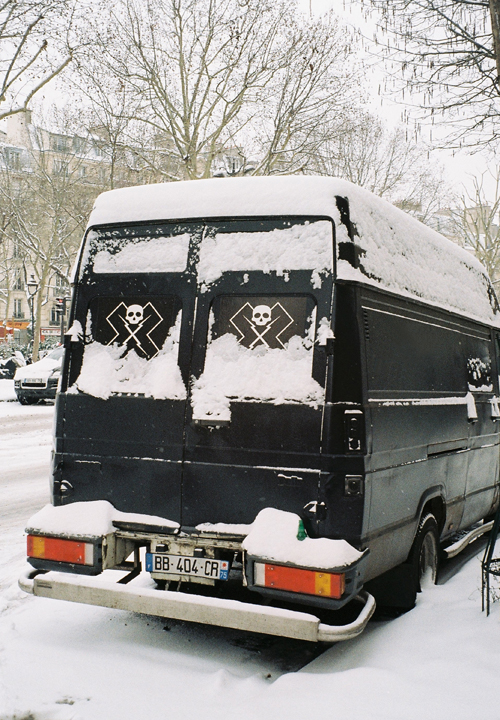
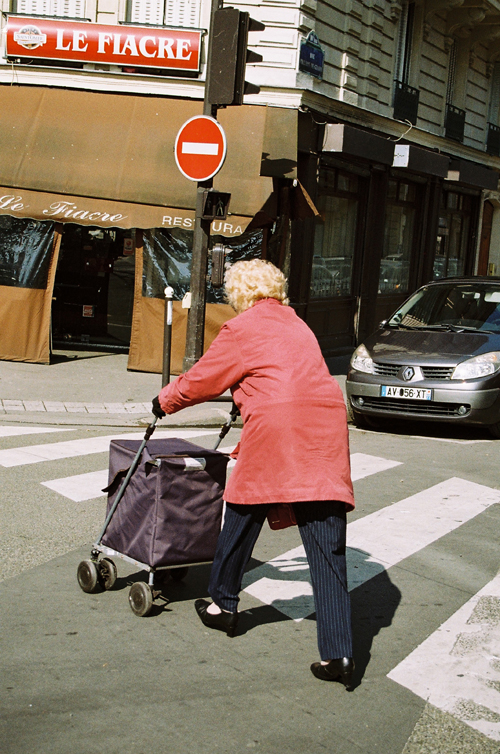
SARA S. — Your point of view is pretty raw. You seem to be very much attracted by the streets and all their peculiar characters. How do you select what to filter through your lens when you’re walking around?
ANTOINE H. — Yes absolutely, a lot of my pictures are taken on the streets. Street life is very inspiring to me, you can always meet different people, witness weird things and funny situations… For me going outside is the richest experience; walking in the streets is a bit like opening a Cracker Jack, there’s always a surprise.
SARA S. — This kind of urban-journalism is a prevailing theme in your fashion shoots too. In some cases, some models fit so well in the environment you pick that they could be mistaken for strangers you decided to capture. How do your photographic choices change from work to work?
ANTOINE H. — Of course, yes, my attitude changes a lot when I shoot, it depends on the project: for example if it’s personal or commercial… I love snap-shooting in a very spontaneous way, but when I work on assignment I usually care a lot about the details and the method, so it’s less direct. But I try to keep the pictures raw, as you said, even when I retouch them, the process is very subtle, I want it to be an understated modification.
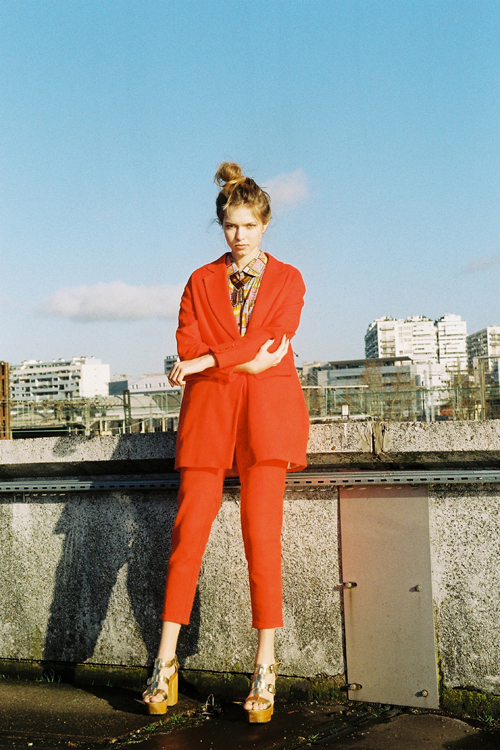
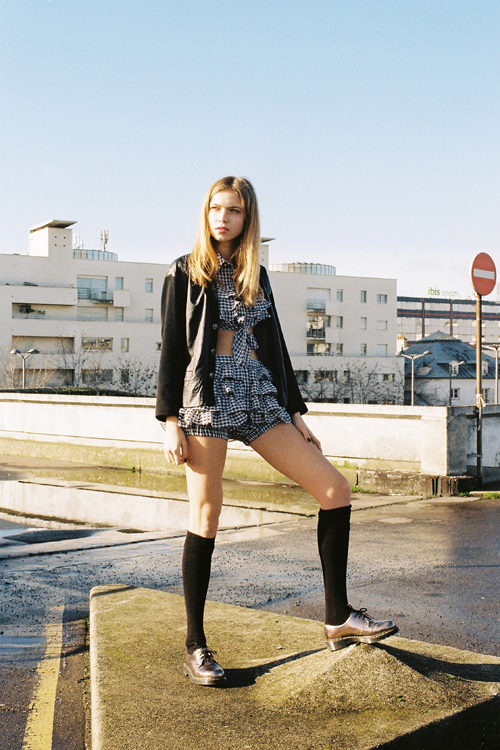
SARA S. — What does your artistic quest aim at, especially when it comes to fashion?
ANTOINE H. — I want to stay real. But it’s also important for me to show beauty, fragility and hardness too. I want to show how thin is the line between these two concepts, and capture the borderline vision. That’s the side of fashion that I want to share. When it’s about street photography, I basically try to avoid sterile and empty scenes (which are frequent, especially when over-retouching them). The final work needs to be alive, like reality.
SARA S. — What strikes you when browsing through other people’s pictures? What’s the fundamental element a picture should provide to the viewer in order to be considered out of the ordinary?
ANTOINE H. — My urban journalism’s eye is very inspired by some tricks that you can see in Robert Franck or Rennie Ellis’ works. I think the important thing is to catch the viewers’ attention, and this can be done in many ways: for example in a good picture there will always be something that makes you laugh, because it’s ironic, or something that touches your heart for its hardness. I try to work in this direction and keep a link with the viewers through the emotions I felt when I shot. But of course I know that everyone sees different sides of the same thing, so I really can’t say more.
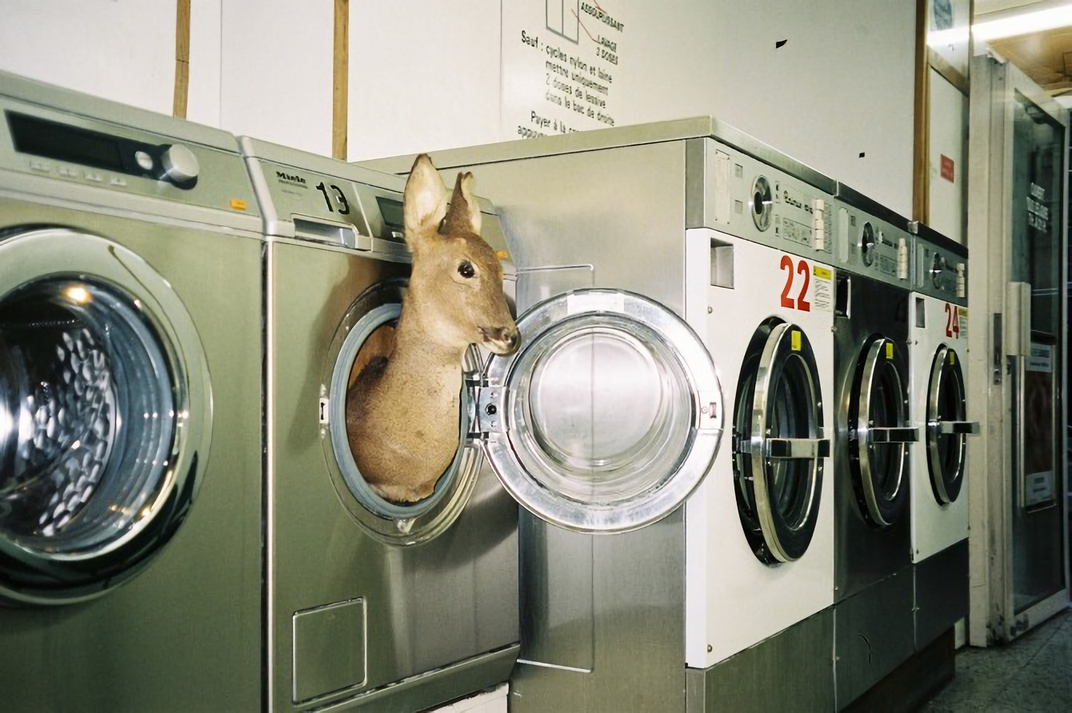
SARA S. — You also seem very fond of youth subcultures. Is it easy to deal with them through your camera?
ANTOINE H. — These things are part of me. When I was a child I lived in the suburbs, and then I started hanging out in the street when I still was pretty young. I used to ride bikes with friends, we often preferred to explore deserted places, wastelands, and then get into fights with other boys from different areas… Then I discovered skateboarding and I started to travel and party. I have really fond memories of that and a great nostalgia of those times. Now I want to share all of this with my camera, because I feel like there are some aspects of urban life that really shaped me.
SARA S. — And then how’s your standard day like these days?
ANTOINE H. — I just wake up, have breakfast with music, check my emails and the news. It’s very relaxed. The rest of the day depends on the work I have to do. If I have to shoot, I stay out all day. If I don’t, I just work at home (mostly preparing projects and retouching), then I usually have lunch with a friend, go to some dates, meet people, and then work again a little bit. I also love going to the cinema. I spend the evening with my friends, having some drinks or just hanging around.
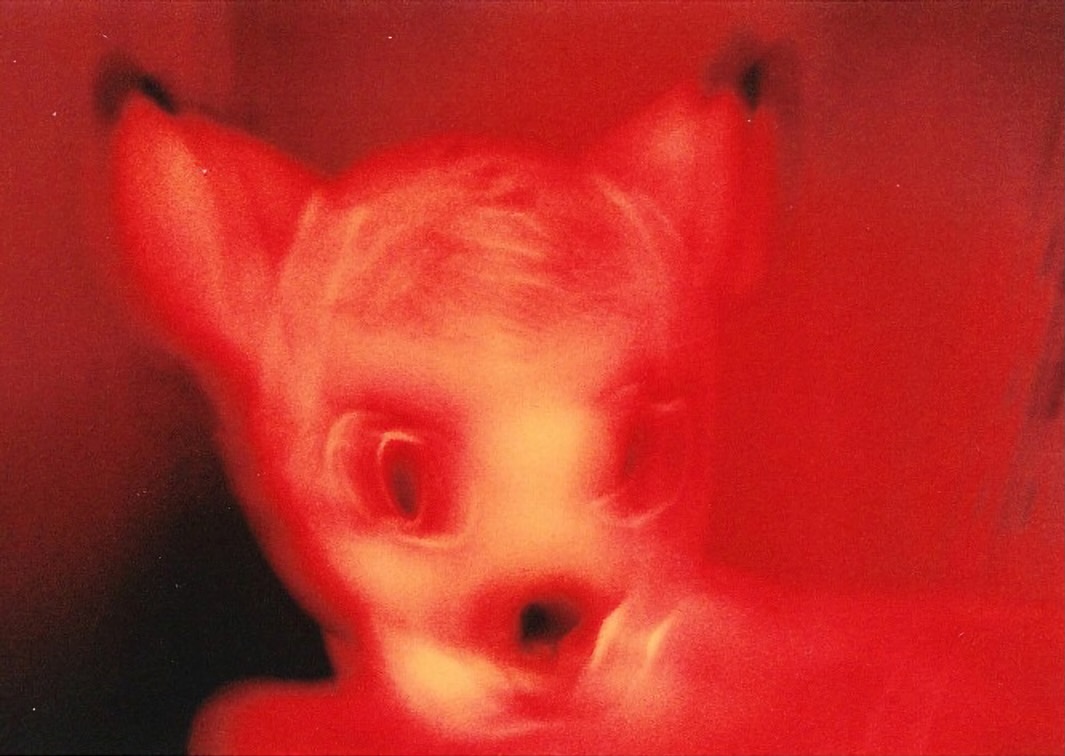
SARA S. — You already mentioned Robert Franck or Rennie Ellis. Do you have any other influences?
ANTOINE H. — I have a lot. I’m influenced by artists like Helmut Newton, Walter Pfeiffer, William Klein, Guy Bourdin, Harri Peccinotti… and then many more. But I try to keep a personal vision, anyway they helped me a lot, giving me this strong desire to take pictures.
SARA S. — How is it all looking right now?
ANTOINE H. — Good, and also a little busy. I’m working on many different projects, for brands and magazines. Then of course I have some travelling in program. I’ll keep working and working, so expect an exhibition from me very soon!
antoineharinthe.com
instagram.com/antoineharinthe
May 2013